Easy Tips for Growing Cucamelon Plants from Seed
CucumbersHave you seen these tiny watermelons? Think it’s a photography trick? An AI creation? Nope! These are the real deal heirloom cucamelons. They are not a hybrid but an heirloom cucurbit. They’ve been grown in their native Mexico and Central America for centuries. Now you can enjoy this fun fruit in your own garden.

What are Cucamelons?
Cucamelons are in the gourd family (Cucurbitaceae). These cucumbers look like tiny watermelons. Cucamelons are not a hybrid or a strange cross between watermelons and cucumbers. Their scientific name is Melothria scabra. They are also called sandiita (little watermelon). Their exterior looks just like Crimson Sweet Watermelons with green skin and dark green lines. Inside, cucamelons are green with tiny seeds. They taste like cumbers but with a lemony sour tang.
How to Grow Cucamelons from Seed
Cucamelon plants are very easy to grow from seed. They are a warm-weather plant and will produce fruit all season long. As long as you keep harvesting, cucamelon plants will keep producing until temperatures get too cold.
Cucamelon seeds can be started indoors or directly sown outside when all danger of frost has passed. Starting seeds indoors is best in locations with shorter growing seasons.
Start seeds indoors 6 to 8 weeks before the last frost date. Cucamelon seeds need warmth to germinate. Use a heat mat to keep the soil temperature between 70 and 80ºF. Seeds will germinate in 7 to 14 days.

Tips for fail-proof cucamelon seed germination
Start cucamelon seeds indoors 6 to 8 weeks before the last frost date.
Plant seeds ½” deep
Use a heat mat to keep soil temperature between 70 to 80ºF.
Cucamelon seeds take 7 to 14 days to germinate.
Start seeds in large enough pots that you don’t have to disturb the roots until they are ready to go outside.
Keep the soil moist and not waterlogged.
Use a humidity dome or covering so they don’t dry out.
Water from the bottom once they sprout to avoid damping off.
Keep grow lights low for lots of light.
Transplanting cucamelon plants
Cucamelon plants don’t like to have their roots disturbed. You may want to start seeds in biodegradable pots so that you can transplant the whole pot.
Take time to harden off cucamelon plants before transplanting them outdoors. Hardening off can take 1 to 2 weeks, depending on your weather.
Space plants 12 inches apart. Once cucamelon plants are placed outdoors, they really take off. So be prepared. This is the time to put in your trellis or supports for the vines to grow up.

How to Grow Cucamelon Plants
Once you’ve got your cucamelon plants in the garden, they are easy to grow. They take 60 to 75 days to reach maturity. The plants are monoecious, which means they will produce both male and female flowers on the same plant. Bees and other insects will move from flower to flower to pollinate them for fruit production.
Cucamelons are not frost-hardy, so they are grown as an annual.
Sun
Grow cucamelon plants in full sun. Full sun means at least 6 hours of direct sunlight. These plants like the heat and sun since they are a native plant in Mexico and Central America.
Soil
Cucamelons can grow in all kinds of soil, but the optimal will be nutrient-rich with a pH of 6 to 7. The soil should be able to retain moisture but drain well so that it doesn’t stay waterlogged.

Water
When the plants are small and growing, keep them well watered. Once the roots are well established, cucamelon plants are drought tolerant. However, you should keep the soil consistently moist for good fruit production. Make sure to water the roots and keep the leaves dry to prevent mildew and fungus growth.
Fertilizing
With good, nutrient-rich soil, additional fertilizer is not necessary. But if you need to add fertilizer in the growing season, choose one with a higher potassium level. That will be the last or K number on a fertilizer container. Potassium promotes overall plant health.

Pruning and Trellising
Cucamelon vines like to spread. Using a trellis can keep them out of other garden areas. You can also prune branches to keep them in check. Pinching the ends of the vines will encourage branching. A good time to do this is when the vines are about 8 ft long.
Cucamelons are not heavy plants, and the fruits are small, so vine nets will work for these. Using a trellis can make it easier to harvest the small fruits.
Solutions for pests and diseases
Cucamelon plants are relatively pest resistant. However, they can have aphids and other common pests. If aphids become a problem, use natural methods to remove them.
Cucumber mosaic virus and powdery mildew are diseases that can affect cucamelons. Immediately remove infected leaves and dispose of them in the trash where they won’t contaminate other plants.

Harvesting Cucamelons
As cucamelons grow, they will first develop small yellow flowers. Bees and insects will be attracted to them and help with pollination.
Cucamelons can be harvested when they are about the size of a large grape or about 1 inch long. The bigger they are, the more sour they get. So experiment with your own taste test to see when you like them best. Pick them before they turn soft. Twist or cut off the vine.
Keep harvesting so the plants will keep producing fruit. They’ll keep producing until it gets too cold. Look closely. Lots of cucamelons can hide on these big, bushy plants.
Try using cucamelons instead of cucumbers for a fresh and pickled flavor twist. Fermenting is also a way to preserve cucamelons.
Cucamelon FAQs
Can cucamelons be grown in pots?
Cucamelons can be grown in containers. To be successful with container growing, use nutrient-rich soil. Keep it moist, and don’t let it dry out. Use a trellis, or let the vines wander all over your deck. Have a large enough container of about 5 gallons.
What do cucamelons taste like?
Not everyone enjoys the sour flavor of cucamelons. It is like eating a cucumber with lemon.
How do you eat cucamelons?
There are many ways to enjoy the unique flavor of cucamelons. They can be substituted for cucumbers, added to drinks, eaten raw, pickled, or fermented.
Do you have to peel cucamelons?
Cucamelons do have firmer skin than regular cucumbers. But they’re not peeled because they are so small. The crunchiness is part of their appeal.
Is cucamelon a cucumber or a melon?
Cucamelons are in the same family as cucumbers. The reason for the melon part is because of their looks rather than their flavor.
How many cucamelons does one plant produce?
Each plant will produce many cucamelons. Like cucumbers, they will have male flowers first and then female flowers. As long as the flowers are fertilized, they will keep producing fruit until it gets too cold.
Grow cucamelons for a fun, easy-to-grow vegetable.



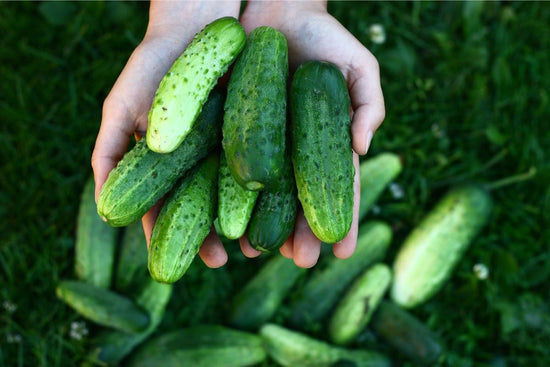
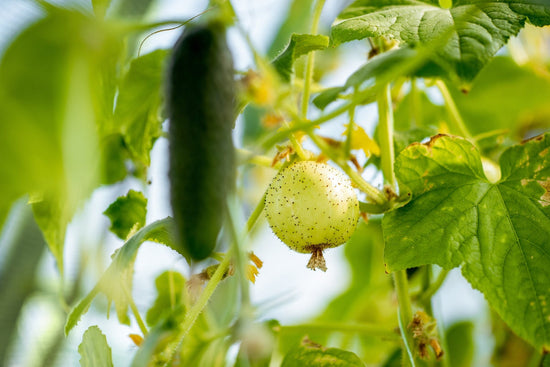
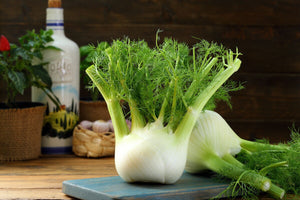

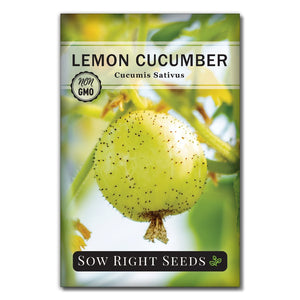
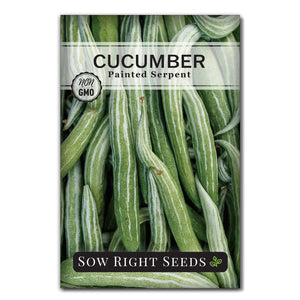
Leave a comment